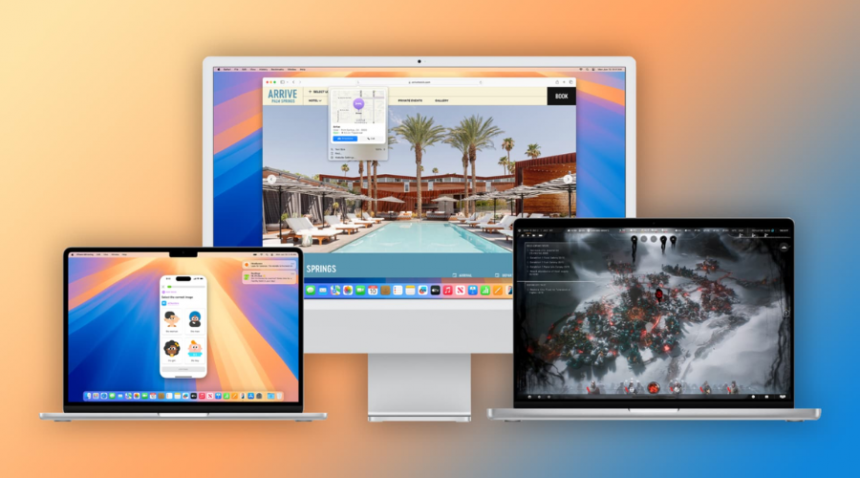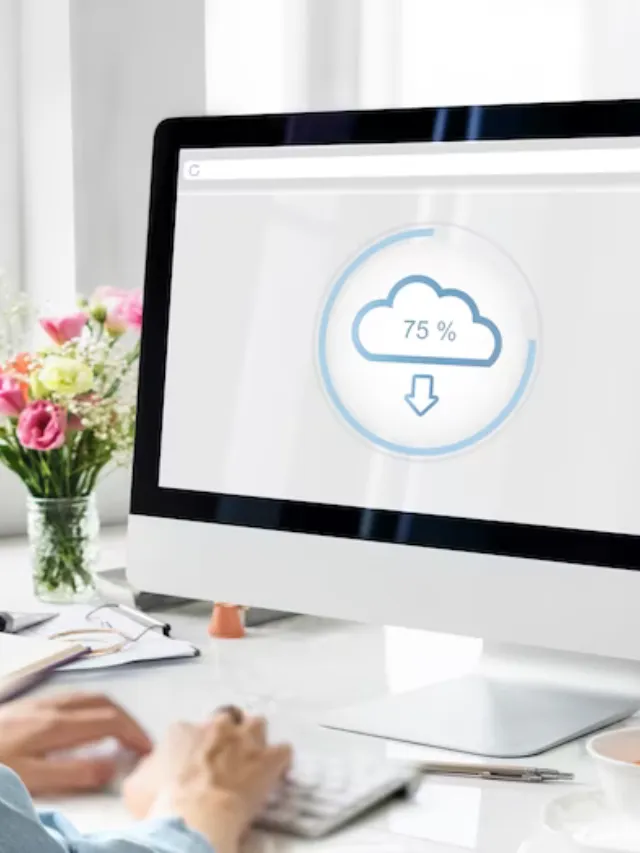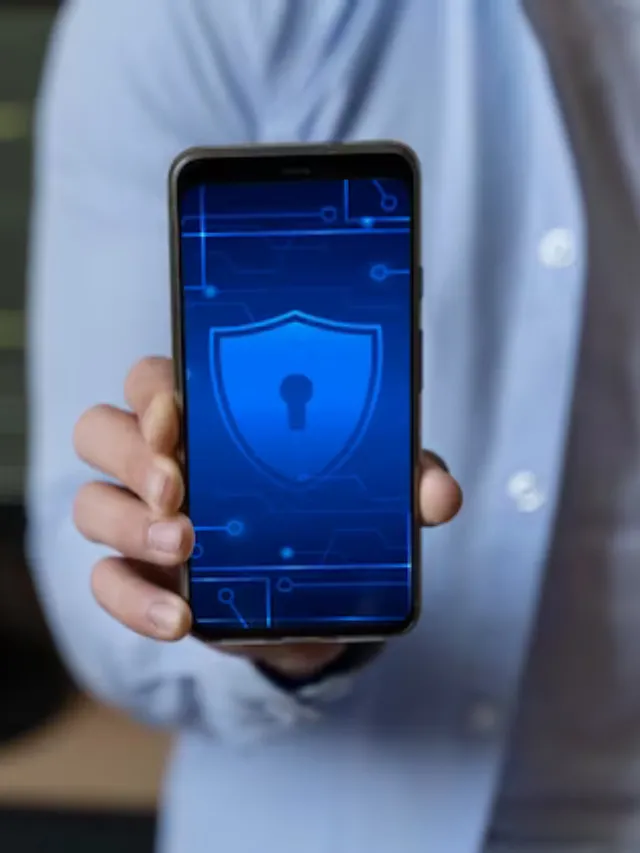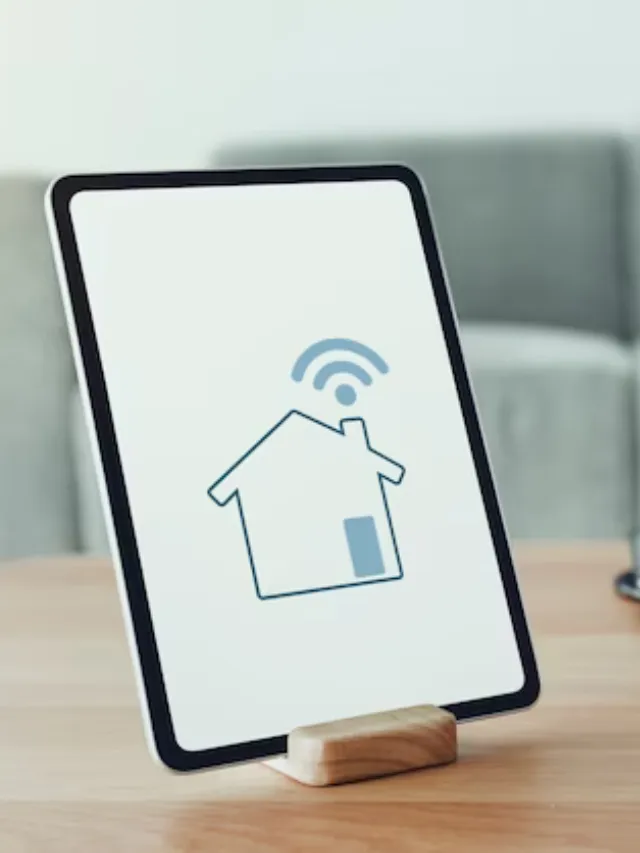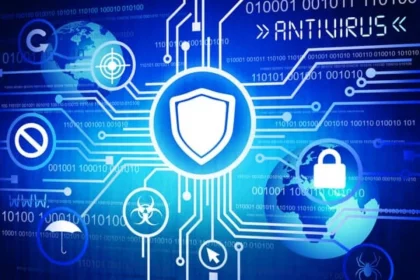Apple hardware compatibility, which very well guarantees that all devices—from Macs to iPhones to Apple Watches—work together flawlessly, is the cornerstone of Apple’s seamless ecosystem. This network pretty much enables users to quickly transition between devices, beginning a task on one and finishing it on another without missing a beat. With highlights like AirDrop for file transfers, Handoff for resumed use and message syncing, Apple’s emphasis on Apple hardware compatibility boosts productivity and ease of utilisation.
The seamless integration of Apple items results in a client experience that’s effective and clear, which encourages the management of daily chores across different gadgets. Regardless of your level of experience with innovation, knowing how Apple hardware compatibility functions will assist you in getting the most out of your gadgets.
Understanding Apple Hardware Compatibility with Matter
Gadget interoperability is very well being revolutionised by Matter, the unified smart home standard made by industry heavyweights like Apple, Google, Amazon, and Samsung. Since Matter is compatible with Apple gadgets, you’ll be able to set up smart locks, lighting, and even robot vacuums with ease and across platforms.
An open-source smart home standard called Matter makes it simpler to combine diverse smart gadgets into a unified environment. Matter makes universal communication protocols that empower Apple products to interface with other manufacturers’ smart domestic goods. Because of this interoperability, owners of iPhone, iPad, Mac, or Apple TV gadgets can pretty well utilise Apple’s HomeKit to automate and control their smart homes.
Key Matter-Compatible Apple Devices
- iPhone: Models running iOS 16.1 or later are fully Matter-compatible. Apple’s Home app on the iPhone allows users to manage Matter devices across different manufacturers seamlessly.
- iPad: With iPadOS 16.1 or later, iPads become robust smart home controllers, supporting Matter to manage smart lights, thermostats, and locks.
- Mac: Matter compatibility extends to Mac computers running macOS Sequoia (macOS 15), enabling users to control and configure smart devices directly from their desktops.
- Apple TV 4K: Acting as a smart home hub, Apple TV allows users to access Matter-enabled smart devices through their television, integrating voice control via Siri.
The Role of HomeKit and Matter Integration: Apple Hardware Compatibility
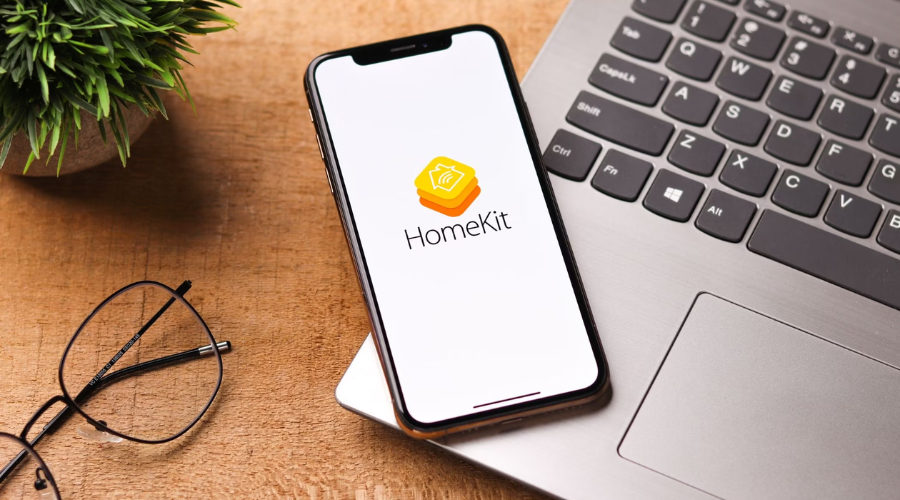
HomeKit, Apple’s home automation platform, has long allowed Apple users to control smart home devices. However, with the advent of Matter, Apple hardware now supports an even broader range of devices. This point under highlights how HomeKit’s integration with Matter enhances the overall user experience.
- Interoperability: HomeKit previously required specific HomeKit-compatible devices. Now, with Matter integration, Apple users can include gadgets from various manufacturers like Aqara, Nanoleaf, and Lockly, without worrying about Apple hardware compatibility issues.
- Privacy and Security: Apple places a significant emphasis on privacy. HomeKit Secure Video and Matter’s encryption ensure that all smart home data stays private.
- Voice Control with Siri: Users can control Matter-enabled devices using Siri, making Apple hardware a central voice interface for various smart home tasks.
Matter-Compatible Devices: What Works with Apple?
The Matter smart home standard has given rise to a range of new devices announced at CES 2024, which are compatible with Apple hardware. Here’s a look at some of the most exciting Matter-compatible devices and their Apple hardware compatibility & integration.
-
Nanoleaf Smart Multicolor Lightstrip
The most recent Smart Multicolor Lightstrip from Nanoleaf functions flawlessly with Apple devices through the Home app and is completely compatible with Matter. These light strips brighten and add colour to any area, and they can be operated with Apple Siri for convenient automation and hands-free operation.
-
Aqara Hub M3
Aqara disclosed the Hub M3, a centre that syncs with Apple’s Home app and is compatible with Matter. With this hub, you’ll be able to use your iPhone or iPad to function in a variety of Matter-enabled gear, such as air conditioners and TVs. Its ability to automate tasks even when offline makes it an excellent addition to any Apple-centric smart home.
-
Lockly Visage Smart Lock
The Lockly Visage Smart Lock, which supports facial recognition and Apple’s Home Key feature, is another futuristic smart device compatible with Matter. This smart lock allows users to unlock doors with a face scan or fingerprint, and its Matter certification ensures smooth integration with Apple devices (Oscalene News) (Look engleo news).
-
Roborock S8 MaxV Ultra
For users invested in smart home cleaning, the Roborock S8 MaxV Ultra robot vacuum is Matter-compatible and controlled via Apple’s Home app. Although support for robot vacuums is still expanding, Apple users can automate and monitor cleaning schedules using their iPhones or iPads, with potential integration improvements in the future.
macOS Sequoia: A New Era for Apple Hardware Compatibility
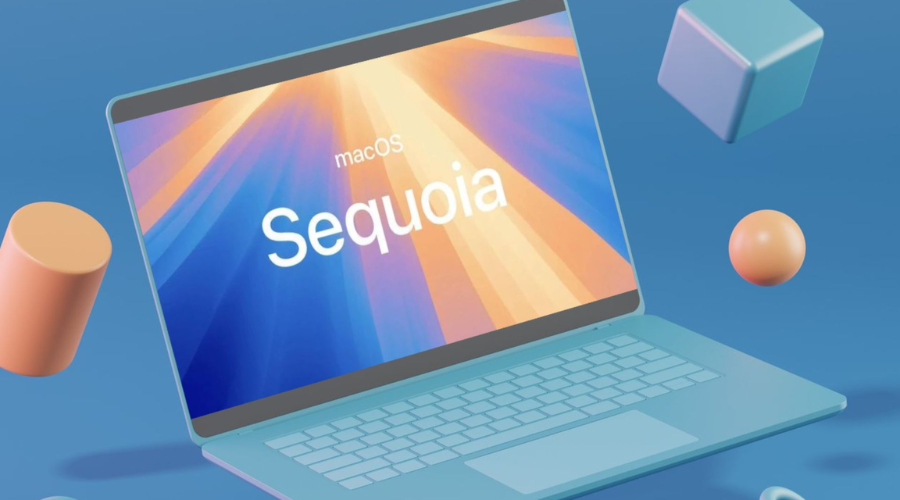
Apple’s latest operating system, macOS Sequoia (macOS 15), brings new Apple hardware compatibility features to Mac users. This update enhances Apple’s integration with Matter-compatible devices and introduces performance improvements for various Mac models. Let’s dive into the specifics of macOS 15 compatibility.
According to the official announcement, the following Mac models will be able to run macOS Sequoia.
- iMac (2019 and later)
- MacBook Air (2018 and later)
- MacBook Pro (2017 and later)
- Mac Mini (2018 and later)
- Mac Pro (2019 and later)
Macs running macOS Sequoia will fully support Matter, allowing users to control their smart homes directly from the Home app on their desktops. The latest update also brings expanded automation features, enhanced privacy protections, and seamless multitasking capabilities
Challenges and Considerations for Apple Hardware Compatibility
While Apple hardware compatibility with Matter devices is expanding rapidly, there are still a few challenges and considerations users should keep in mind.
-
Robot Vacuums
As of early 2024, Matter does not fully support robot vacuums across all major platforms. Although devices like the Roborock S8 MaxV Ultra are technically Matter-compatible, full integration with Apple’s Home app and voice control features may take more time to develop.
-
Firmware Updates
Firmware changes may be necessary for some older Apple products in order to enable Matter compatibility. Make sure that any Apple hardware is running the most recent versions of iOS, iPadOS, macOS, or tvOS before investing in any new Matter-compatible devices.
-
Ecosystem Complexity
While Apple devices offer a seamless experience with Matter-compatible gadgets, users integrating devices from multiple manufacturers may encounter slight setup variations. For example, devices like the Lockly Visage Smart Lock require additional steps during the initial setup for face recognition features to work perfectly across all platforms.
Apple Hardware Compatibility with Third-Party Devices
Although Apple gadgets, such as Macs and iPads, are made to operate flawlessly within the company’s ecosystem, consumers can also use their Macs to very well run other operating systems, like Windows. This can be made attainable by virtualisation programs like Parallels and VMware Fusion, which empower you to run Windows apps inside of macOS, or by utilities like Boot Camp, which lets you install Windows on top of macOS.
Apart from supporting an array of external peripherals, Apple devices run many operating systems. For printers, external drives, and monitors, compatibility generally depends on the type of connection and the necessary drivers. Most printers are compatible with macOS; however, a few may require the installation of drivers. While screens can connect through Thunderbolt, USB-C, or HDMI, external disks can pretty well be connected via USB, Thunderbolt, or FireWire.
Troubleshooting Apple Hardware Compatibility Issues
- Software Updates: Old software can cause problems. Ensure that the most recent updates are installed on each of your devices. Updates fix bugs and help devices work better together. Check your device’s settings to find and install any available updates.
- Driver Issues: Drivers facilitate the interaction between your computer and external devices, such as hard drives and printers. Device issues could very likely be the result of outdated or missing drivers. Use any installation CDs you may have, or get the most recent drivers from the manufacturer’s website and install them.
- Connectivity Problems: Bad cables, loose connections, and network issues can all lead to network issues. Verify that every cable is plugged in safely and is in good condition. Verify that your device is connected correctly and examine your network settings if you’re having network problems.
Conclusion
Apple’s endorsement of the Matter standard shows how committed the company is to smart home innovation and gadget interoperability & Apple hardware compatibility. A reliable and secure smart home experience is made conceivable by Apple’s integration with Matter, notwithstanding of whether you use an iPhone, iPad, Mac, or Apple TV. Apple consumers should anticipate an ever-better smart home experience with the release of more Matter-compatible devices and regular updates to macOS and iOS. Purchasing Apple hardware guarantees that your gadgets will function as a unit and be future-proof even as new smart home technologies are developed.
Apple’s commitment to developing a smooth ecosystem that improves daily life is demonstrated by the smart home interoperability revolution or Apple hardware compatibility, making Apple gear a great option for anyone wishing to construct or modernize their smart home.
For more information, visit ProxyGeeko!
FAQs

